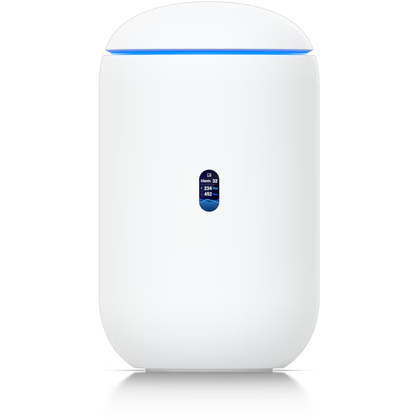On September 30, AOL switched off its internet dial-up service for good, and anyone still using its dialer software or the special Shield browser would find their internet no longer works.
I wasn’t surprised to hear that the company shut this service down. I was surprised to find out that it was still up and running in 2025! Which made me wonder why on earth they waited this long to pull the plug and end the screams of those aging modems?
Dial-Up in 2025: A Tiny Niche
As AOL plainly stated, not enough people were using dial-up to justify keeping the infrastructure going. By 2023, according to the US Census Bureau, there were only 127,000 dial-up users left in the USA. Compare that to the reported number in a 2015 CNET article claiming just over 2 million AOL dial-up subscribers, and you can see the decline was gradual, but dramatic, over the intervening decade.
Why Not Pull the Plug Sooner?
Dial-up technology is pretty old and disproportionately expensive to maintain. You need a PSTN (Public Switched Telephone Network), and all the equipment and software to make this decrepit 56kbps technology work. It’s not just that. The modern web is literally unusable on such a slow connection, so AOL had to create and maintain a special browser that could optimize things for dial-up speeds.
This all sounds like a right pain to keep going, and there probably wasn’t much profit in it either, so why wait until the bitter end? I don’t have any official answers, but after thinking about it a bit, I suppose it boils down to a few things.
The first is that the people who stuck with dial-up didn’t do it by choice. While broadband is cheap and easy to get in urban and suburban areas, no one is paying to lay expensive fiber connections to the middle of nowhere, and the same goes for 4G or 5G mobile. These technologies need thousands and thousands of users to make economic sense. Which means the only connection in some places is a copper phone line.
The main alternative is satellite internet, but for the better part of its existence it’s been slow and very expensive too. It’s debatable whether the higher speed was worth its downsides compared to dial-up.
Finally, with no real alternatives, leaving a small but vocal group of people with no internet service would just be bad PR, and might even invite unwanted attention from the government. Part of this long delay was likely a countdown to give people a chance to migrate to something else.
Why 2025, Then?
In 2025, most of the roadblocks I just cited are basically gone now. Thanks to technologies like Starlink and a much wider proliferation of mobile broadband, even rural customers have options. I’d be willing to bet the majority of those few thousands of users left are covered by at least one alternative. So it makes sense that the tipping point, where it made close to zero business sense, would be around the time it happened.
Legacy and Impact
AOL’s dial-up service helped introduce millions to the internet. It popularized email, chatrooms, early web content, and the phrase “You’ve got mail.” Apart from AOL in particular, dial-up internet was an important part of pop culture. It’s forever captured in older movies that already don’t make sense to younger audiences.
It is enlightening to see a technology that most people assume is long gone still in operation two decades after most of the world abandoned it for something better, and this sort of thing happens all the time. Whether it’s finding out that many industrial machines still rely on Windows XP, or that critical government infrastructure depends on floppy disks, it’s a harsh reminder that it’s really only consumers like you and I who can afford to chase the cutting edge, or even the trailing edge!
It also tempers expectations about technology in other areas of our lives, such as the adoption of EVs or even the mass adoption of AI and fears about its impact on economies and jobs. While we might hit a majority of people using these technologies relatively quickly, a substantial minority who resist that chance can stick around for a long, long time.

- Brand
-
Unifi
- Range
-
1,750 square feet
- Wi-Fi Bands
-
2.4/5/6GHz
- Ethernet Ports
-
4 2.5G



